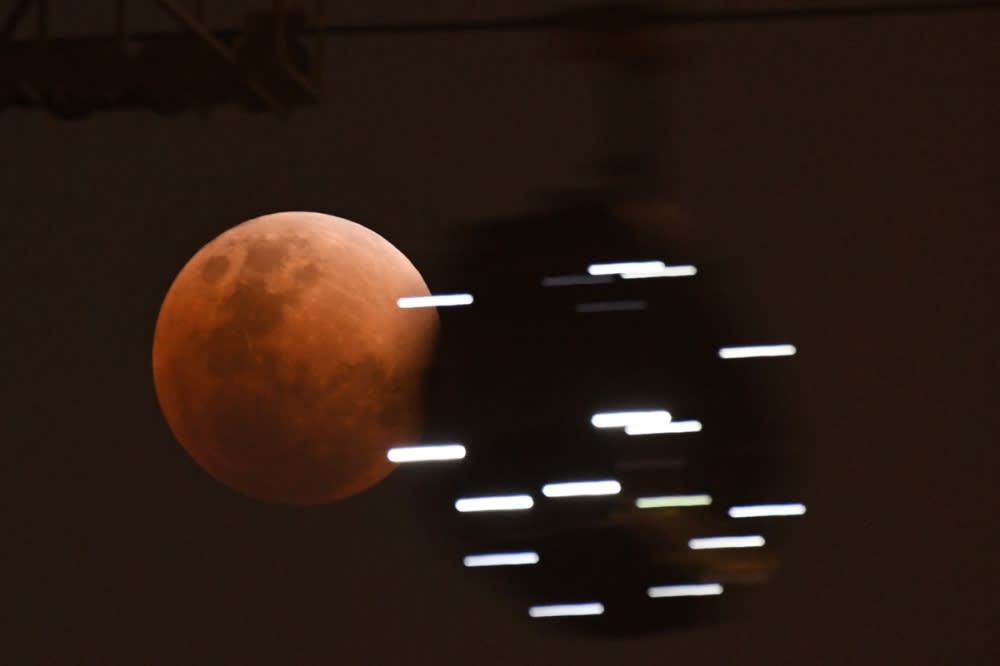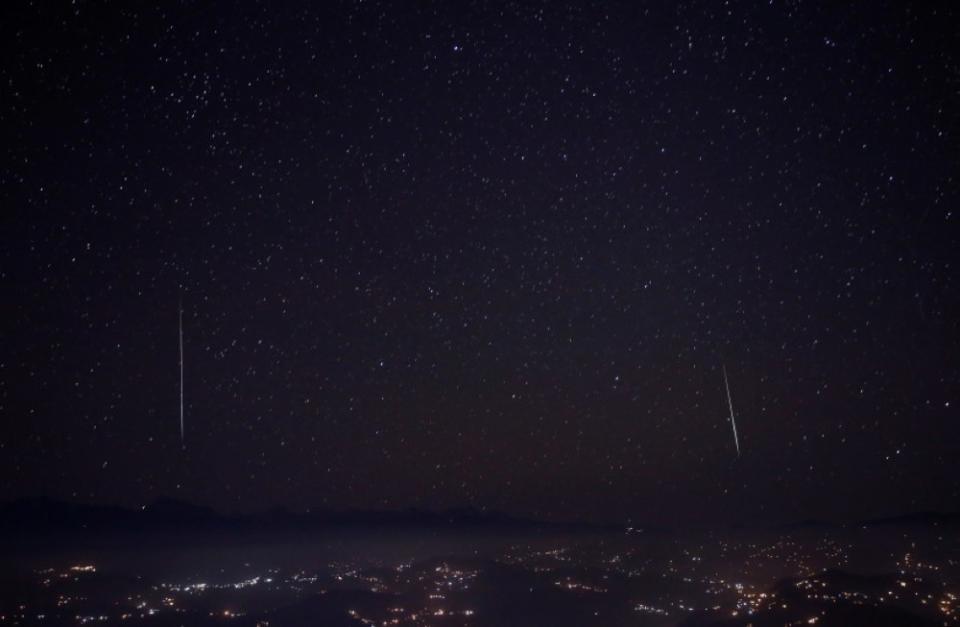Micromoons, supermoons and meteor showers to light up Malaysian skies in 2024

KUALA LUMPUR, Feb 16 — Stargazers, mark your calendars!
A streak of supermoons and two meteor showers are set to light up Malaysian skies later this year.
The year, however, starts with the occurrence of two micromoons, including a rare micro blood moon.
These celestial events are among the major highlights noted by the National Planetarium in its astronomy calendar for 2024.
The first micromoon of the year is set to occur on February 24, coinciding with Chap Goh Mei, also known as the Chinese Valentine’s Day.
A micromoon occurs when a full moon takes place while it is at its farthest point from Earth while supermoon occurs when the full moon is at its closest distance to Earth.
The micromoon is about 14 per cent smaller and 30 per cent dimmer than a supermoon, while a supermoon is about 7 per cent larger and 16 per cent brighter than the average moon.
A micro blood moon appears on March 25, during which the full moon turns red as it coincides with a penumbral lunar eclipse — when the moon moves through the outer part of the Earth’s shadow.
People living in Putrajaya and Kuala Lumpur will experience a “zero shadow day” on March 27 and March 28 respectively, and then again on September 14 during the equinoxes.

A Geminids meteor shower seen above the mountain range in Nagarkot, Nepal in 2017. — Reuters pic
During an equinox, the Sun is perfectly aligned with the Earth’s equator and objects do not cast a shadow.
Besides that, the Perseids meteor shower will light up the night skies from July 17 until August 24.
The meteor shower, radiating from the Perseus Constellation, occurs annually when the Earth passes through the path of the Comet Swift-Tuttle.
Four supermoons will also illuminate the skies in a row on August 20, September 18, October 17 and November 16.
Of the four, the super blood moon on September 18 will be a particularly remarkable spectacle as the full moon brims in a coppery-red colour while a partial lunar eclipse occurs.
The Farmers’ Almanac also refers to September’s full moon as the "harvest moon” since farmers relied on the moon’s light to harvest their summer-grown crops late into the night before electricity came about.
The Geminids meteor shower, widely hailed as "the king of meteor showers”, which occurs from December 4 until December 20 will be the final celestial highlight of the year.
The annual meteor shower, radiating from the Gemini Constellation, produces up to 120 multicoloured meteors per hour when it peaks on December 14.



